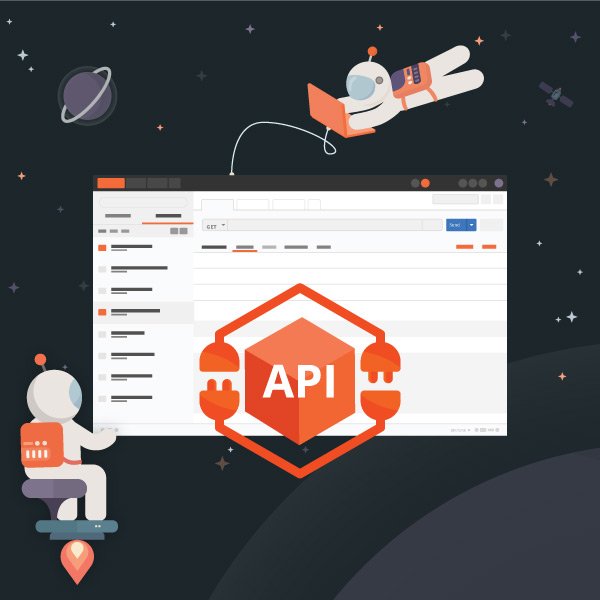Postman 7.1: Manage Your APIs in Postman
In case you missed it, we recently launched Postman 7.1! The new release allows you to create APIs directly within Postman and supports API development from start to finish. It provides extended schema support for common formats including RAML, OpenAPI 1.0, OpenAPI 2.0, and Open API 3.0 so you can write, edit, and import API schemas. You can also use the new API versioning to link all of your API elements (tests, environments, mocks, and monitors) to one API – simplifying development and enhancing collaboration. In simple terms, Postman 7.1 ties all the elements of Postman together and gives you a one-stop solution for API development.
Let’s breakdown everything you can do with this release. We’ll use a flight reservation API as an example. Here’s everything you’ll need for this workflow:
- An OpenAPI schema for flight reservations
- A collection of requests to test the endpoints
- A mock server
1. Create and define an API
So let’s go! You can now create an API and import schemas directly in Postman. To create an API, go to the APIs tab and click on the + button and define your schema by either creating a new schema or importing a file. For this example, we will just import an existing OpenAPI schema.
2. Generate a collection
Once you save the imported schema, you can directly on the Generate Collection button.
3. Add other elements to my API
To test the endpoints of this collection, you will either need the in-production API, or you can create a mock server from the API specification. To add a mock server, click on Develop and Add Mock Server.
You can also add environments, tests, and monitors based on your requirements.
4. Update and create new versions
When you create a new API, a default draft version is assigned to your API. To create a new version, click on Show All Versions and select Create new version. You can select specific elements to carry over from a previous version. Once a new version is created, you can define, develop and test this new version and build on top of it.
So, by now, you’ve imported a schema, generated a collection and created a mock on your default version. Now, you’ll need to make some changes to my schema. In order to better organize your work, you can create a new version whenever a change is made to the current set of elements.
5. Add version tags to the documentation
To ensure better management of your workflow, it is recommended to add a version tag to your collection. This will help you map changes to your collection and smooth out and simplify collaboration. To add a version tag, go the Changelog for your collection and tag the collection with the API version it’s linked to.
Now you’ve created an API from start to finish!
In addition, you can delete versions, add comments to your APIs, share your API with different workspaces, publish versions of your API depending on your use case. There is a lot you can do within this new construct. If you would like to deep dive into each new functionality, please read our docs on the learning center, and give us your feedback!

What do you think about this topic? Tell us in a comment below.